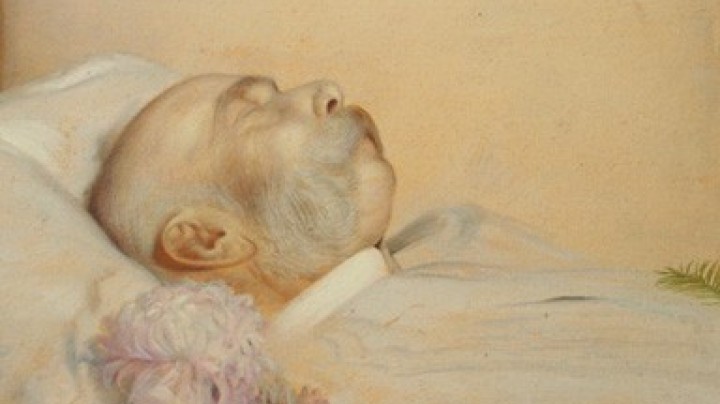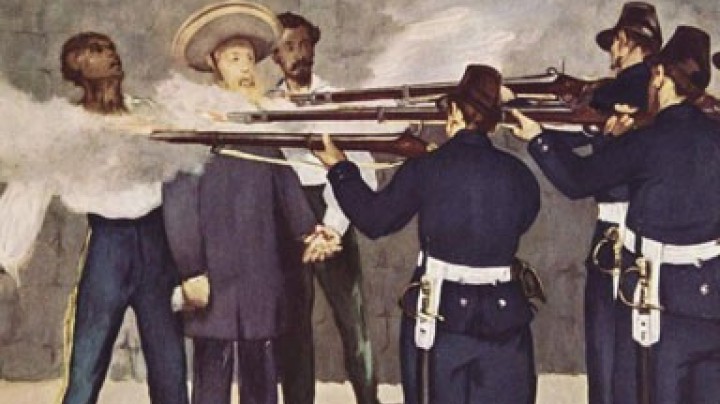The fatal assassination in Sarajevo
History’s only Catholic president of the USA and an heir to the Habsburg throne shared the same fate: John F. Kennedy and Franz Ferdinand were both shot while travelling in cars.
‘Assassination in Sarajevo – heir to the throne murdered with his wife’ ran the headlines on the title-page of the Illustrierte Kronen-Zeitung of 30 June 1914. Two days earlier, the heir to the Austrian throne Franz Ferdinand had been shot in Sarajevo.
Born in 1863, Franz Joseph’s nephew Franz Ferdinand had come into line for the throne after Crown Prince Rudolf’s suicide and became official heir after the death of his own father Karl Ludwig in 1896. His distinctive characteristics were his clericalist-conservative general attitudes, pronounced anti-Semitic views, and antipathy to Hungary. He was particularly concerned about the developments in the Balkans. His friendliness towards the southern Slavs caused Serbia to see him as a threat to their own expansionist plans.
On 28 June 1914, Franz Ferdinand represented the Emperor at manoeuvres and at a parade in the Bosnian town of Sarajevo. The date, St Vitus’ Day or ‘Vidovdan’, was and is a particularly sensitive one, being the anniversary of the fateful battle of Kosovo between the Serbs and Ottomans – and thus a Serbian day of mourning. Various groups of assassins lay in wait for Franz Ferdinand, and even before noon a bomb injured the Archduke’s adjutant. While on their way to the hospital where the adjutant was being treated, Franz Ferdinand and his wife Sophie were shot by Gavrilo Princip, who had been trained as an assassin in Serbia. Bloodstains on Archduke Franz Ferdinand’s uniform still bear witness to the deed.
Although no proof could be found for the Serbian government having been party to planning the assassination, it seemed probable that this had been the case. The war propaganda machine was set in motion throughout the Danube Monarchy and Serbia was given a sharp ultimatum, which it failed to comply with. The particular constellation of alliances between European states led to the outbreak of the First World War. Franz Ferdinand’s demonstration of power in the form of a military parade thus not only ended with his own death but triggered off a war that was to cost ten million human beings their lives.




















